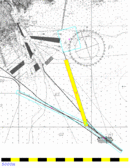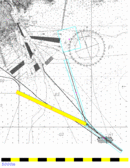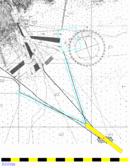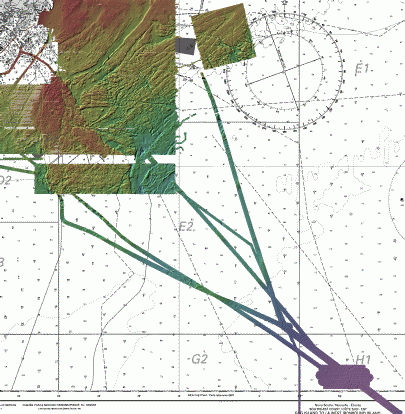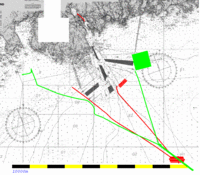
GGE5013 - 2007 - Marine Geology Lab
CCGS Matthew - EM710 multibeam and 3.5 kHz subbottom
CCGS Matthew - EM710 multibeam and 3.5 kHz subbottom
Chebucto Head to
Emerald Basin
June 2005 and May 2006
John E. Hughes Clarke
Ocean Mapping Group
University of New Brunswick
June 2005 and May 2006
John E. Hughes Clarke
Ocean Mapping Group
University of New Brunswick
